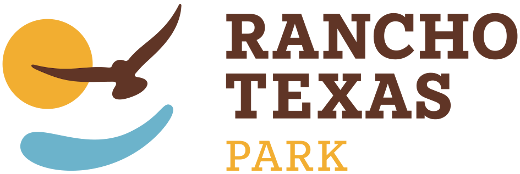Bison bison
The American Bison (Bison bison), also commonly known as American Buffalo, is a bovine mammal which once inhabited the grasslands of North Mexico, the United States and Canada in massive herds, ranging from the Great Slave Lake in the far north of Canada to Mexico and from eastern Oregon to the Appalachian Mountains. There are two subspecies of the American Bison: the Plains Bison (B.b.bison) and the Wood Bison (B. b. athabascae) in Canada.
Main characteristics
The American Bison have a dark brown coat during winter, and a lighter weight, light brown coat in summer. They can reach up to 1,80m high and 3 meters long. Their weight varies between 450 and 1350kg. Both sexes have short, curved horns, which they use to defend their status within the herd and against predators.
The American Buffalos used to be the main source of sustentation for the native Americans of the Grasslands. They were hunted almost to extinction in the 19th century, remaining only 750 specimens in 1890. The Bronx Zoo, in the United States, kept one of the remaining herds, out of which the current population of the Yellowstone National Park could be re-established. Nowadays, the total number of American Bison raises up to approximately 350.000 specimens, which is quite a low number compared to the estimated population of 60-100 millions of Buffalos before the arrival of Christopher Columbus to the American continent.
More than 250.000 of the remaining 350.000 bison are now raised for human consumption. Bison meat is lower in fat and cholesterol than normal beef, which has led to the development of the term “beefalo” (a word creation combining beef and buffalo), a cross breed and domestic cattle.
Bison mate in August and September. The period of gestation lies between 260 and 280 days, after which a single calf is born. This calf is cared for during one year. Bison are mature at the age of three years and their life expectancy lies between 18 and 22 years.
The American Bison and the native American culture
Until the 17th century, the American Bison was widespread in the territories of the northern American continent. Commonly named buffalo, the American Bison was venerated by many of the native tribes. In some of these tribes, the hunting of the bison was celebrated with great respect, due to their admiration for the qualities and benefits the Bison brought them. It is said that in the very moment of death of the bison, the Indian hunter approached the mouth of the animal in order to inhale it’s last breath and with it it’s virtues. The bison was known for “giving life”, as every single part of it’s body was used by the Indians. It provided food, clothes, religious objects and building material to the native population.
The hunting of the American Bison was accelerated by the arrival of the Englishmen to the east coast of the American continent. The value of their skin was high and was used to justify the massive slaughter of thousands of bison. When many of the native tribes, among them the Miami, the Shawnee and the Potawatomi were resettled, the American Bison came close to extinction, when their number was quickly reduced from millions to a few hundred.
The Albino or White Bison is considered divine, even in the 21st century. The spiritual leaders of tribes such as the Sioux or the Lakota await the appearance of a Albino Bison in reality or in their dreams. The Albino Bison cannot be hunted. It is a highly respected and admired divinity which represents the “buffalo woman” myth of Dakota.
When the Spanish conquerors arrived in America, there were such masses of bison in the grasslands of North America, that the Spaniards called the wide region between the Rocky Mountains in the west and the Appalachian Mountains in the east “Llanos de Cíbola” (Buffalo lowlands). In this region, Francisco Vázquez de Coronado was seeking to find the mystical “Siete Ciudades de Cíbola”.
American Bison, Bison bison
Facts: How are they? The Bison are the biggest land-living animals of the whole American continent. They can reach up to 1,80m high and 3m long. The can weigh between 450 and 1350kg. They have a brown coat, dark brown in winter and light brown in summer. They have short curved horns. Where do they live? In wide grasslands. How is the species geographically distributed? In the North of Mexico, the United States of America and Canada. What does the species feed on? Branches and dry leaves, lichen and moss.


